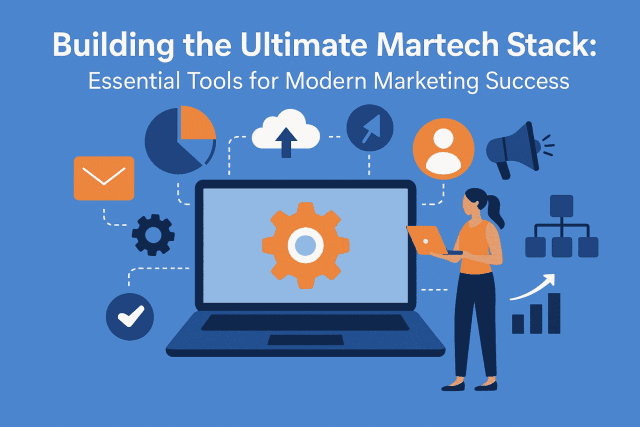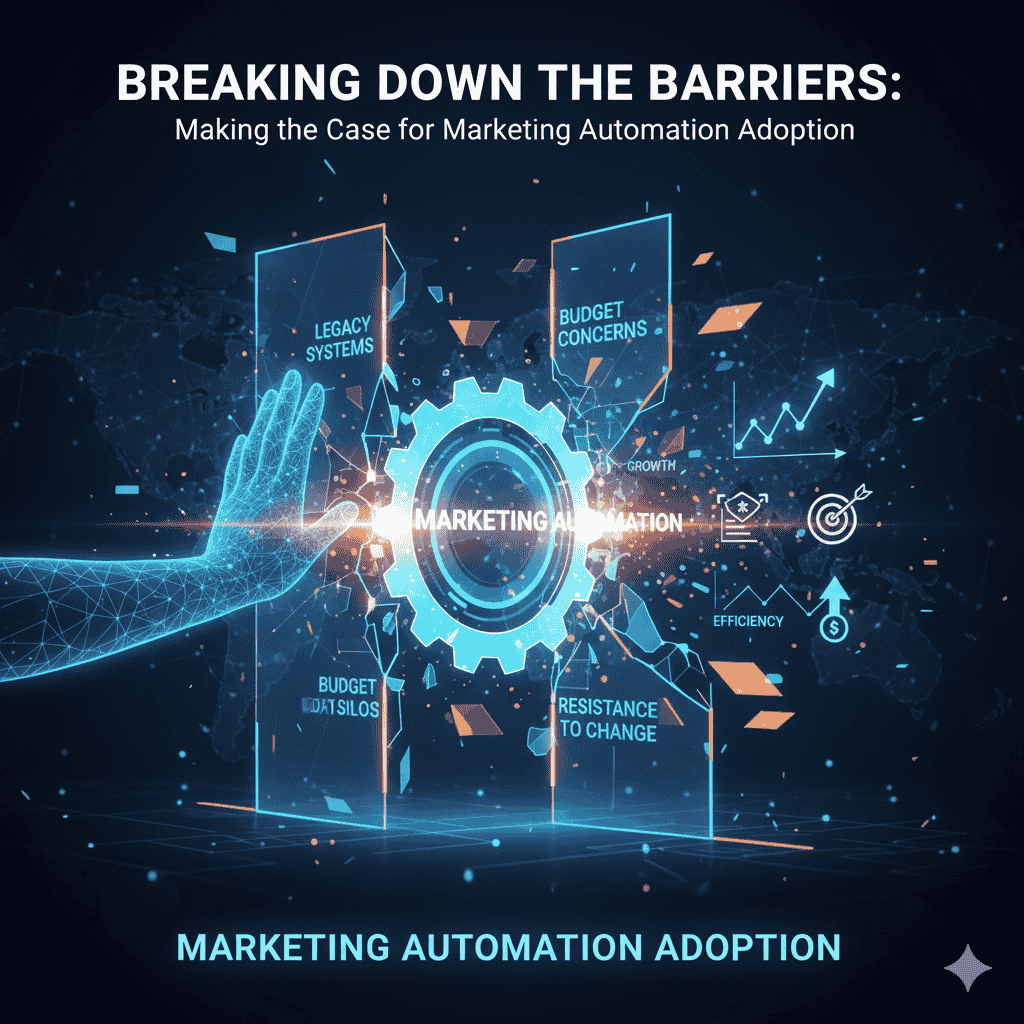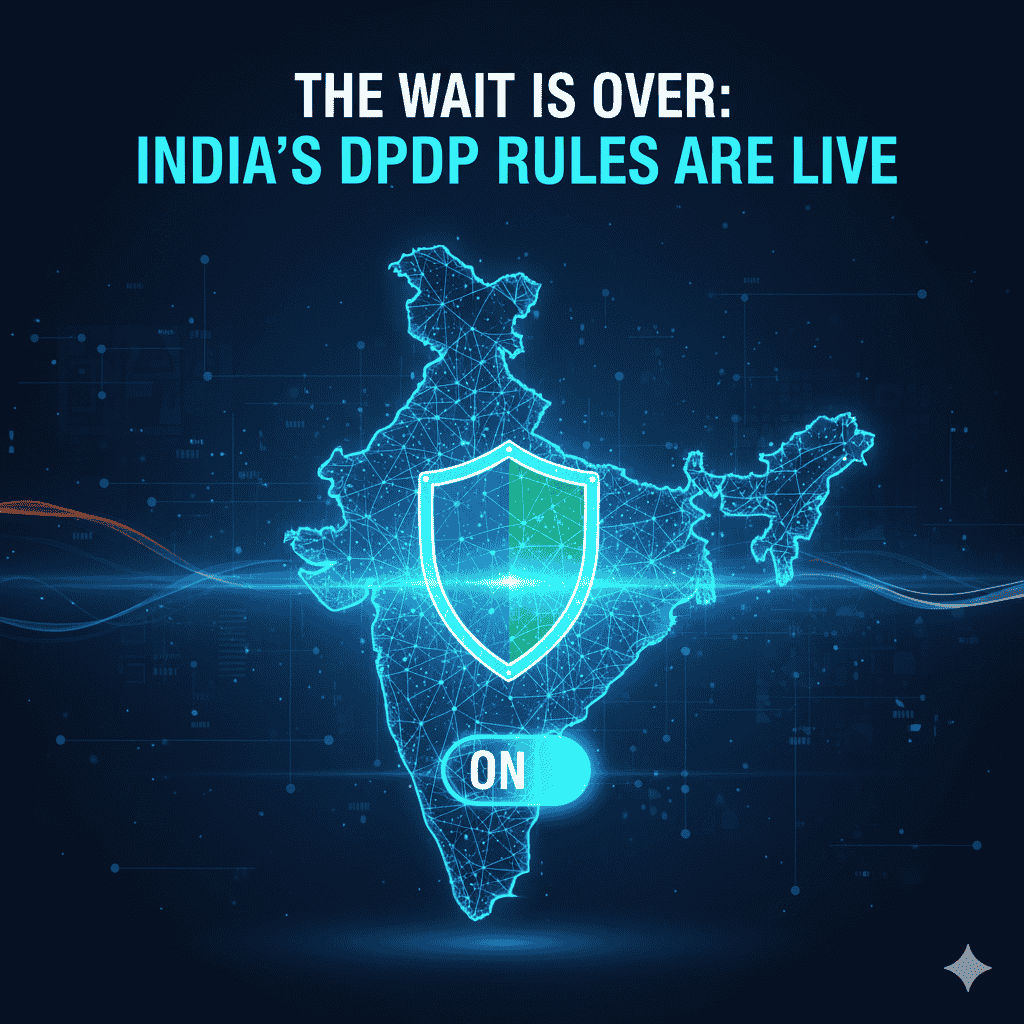In today’s digital age, businesses must navigate an increasingly complex landscape of technology to succeed in their marketing efforts. The concept of a "Martech stack"—a combination of different marketing technologies that work together—has become vital for organizations aiming to enhance their marketing strategies and drive growth. Let’s explore the essential tools that can help build the ultimate Martech stack to achieve modern marketing success.
Understanding the Martech Stack
A Martech stack is a collection of technologies that marketers use to manage and analyze their marketing activities. This stack can encompass various categories, such as customer relationship management (CRM), content management systems (CMS), data analytics, social media management, and email marketing. The ultimate goal is to streamline workflows, improve efficiency, and gain deeper insights into customer behavior.
Core Components of a Martech Stack
1. Customer Relationship Management (CRM) Tools
CRM software is essential for managing a company’s interactions and relationships with current and potential customers. Leading platforms like Salesforce, HubSpot, and Zoho CRM enable businesses to track customer interactions, manage sales pipelines, and access customer data in real-time. A robust CRM can enhance customer service and increase retention through tailored interactions.
2. Content Management Systems (CMS)
A reliable CMS is crucial for creating and managing digital content. Tools like WordPress, Drupal, and Contentful allow marketers to publish, edit, and maintain website content easily. An effective CMS offers flexibility, SEO capabilities, and user-friendly interfaces, making it easier for businesses to engage their audience with high-quality content.
3. Email Marketing Platforms
Email marketing remains one of the most effective channels for reaching customers. Platforms like Mailchimp, Constant Contact, and Campaign Monitor help businesses create, manage, and analyze email campaigns. Features such as automation, segmentation, and A/B testing enable marketers to maximize engagement and conversion rates.
4. Social Media Management Tools
Social media is a pivotal channel for marketing success, and tools like Hootsuite, Buffer, and Sprout Social streamline the management of social media accounts. These platforms allow businesses to schedule posts, engage with followers, analyze performance metrics, and monitor brand mentions across various channels, ensuring a cohesive social presence.
5. Analytics and Data Tools
Data-driven decision-making is fundamental for modern marketing. Tools like Google Analytics, Tableau, and Domo provide businesses with insights into user behavior, campaign performance, and overall marketing effectiveness. Utilizing these analytics enables marketers to optimize their strategies based on real-time data, driving better results.
6. Search Engine Optimization (SEO) Tools
To enhance visibility and traffic, integrating SEO tools like Ahrefs, SEMrush, or Moz is essential. These platforms assist marketers in keyword research, competitor analysis, and site optimization, helping to improve search rankings and organic traffic.
7. Customer Experience and Engagement Platforms
Enhancing customer experience is vital for brand loyalty. Tools like Zendesk, Intercom, and Qualtrics facilitate communication and support, enabling businesses to gather customer feedback and resolve issues quickly. These platforms promote engagement and satisfaction, which are crucial for retention.
8. Marketing Automation Tools
Automation platforms such as Marketo, Pardot, and ActiveCampaign streamline repetitive marketing tasks like lead nurturing, social media posting, and email campaigns. By automating these processes, marketers can focus on strategy and creativity while ensuring that the right messages reach the right audiences at the right time.
Best Practices for Building Your Martech Stack
Identify Your Goals: Clearly define your marketing objectives to ensure your stack aligns with your overall strategy.
Evaluate Integrations: Choose tools that can integrate seamlessly with one another to improve data sharing and collaboration across your marketing efforts.
Prioritize User Experience: Select platforms that are user-friendly and require minimal training, ensuring that your team can adopt them without frustration.
Monitor Performance: Continuously evaluate the effectiveness of your Martech stack. Utilize analytics to identify areas of improvement and adapt as needed.
- Stay Current: The marketing technology landscape evolves rapidly. Stay informed about the latest tools and trends to ensure your stack remains competitive.
Conclusion
Building the ultimate Martech stack is a strategic endeavor that can significantly enhance marketing success. By thoughtfully selecting and integrating the right tools, businesses can better understand their audiences, streamline workflows, and drive impactful marketing campaigns. As technology continues to advance, those who leverage the right Martech stack will be well-positioned to thrive in the digital marketplace.








